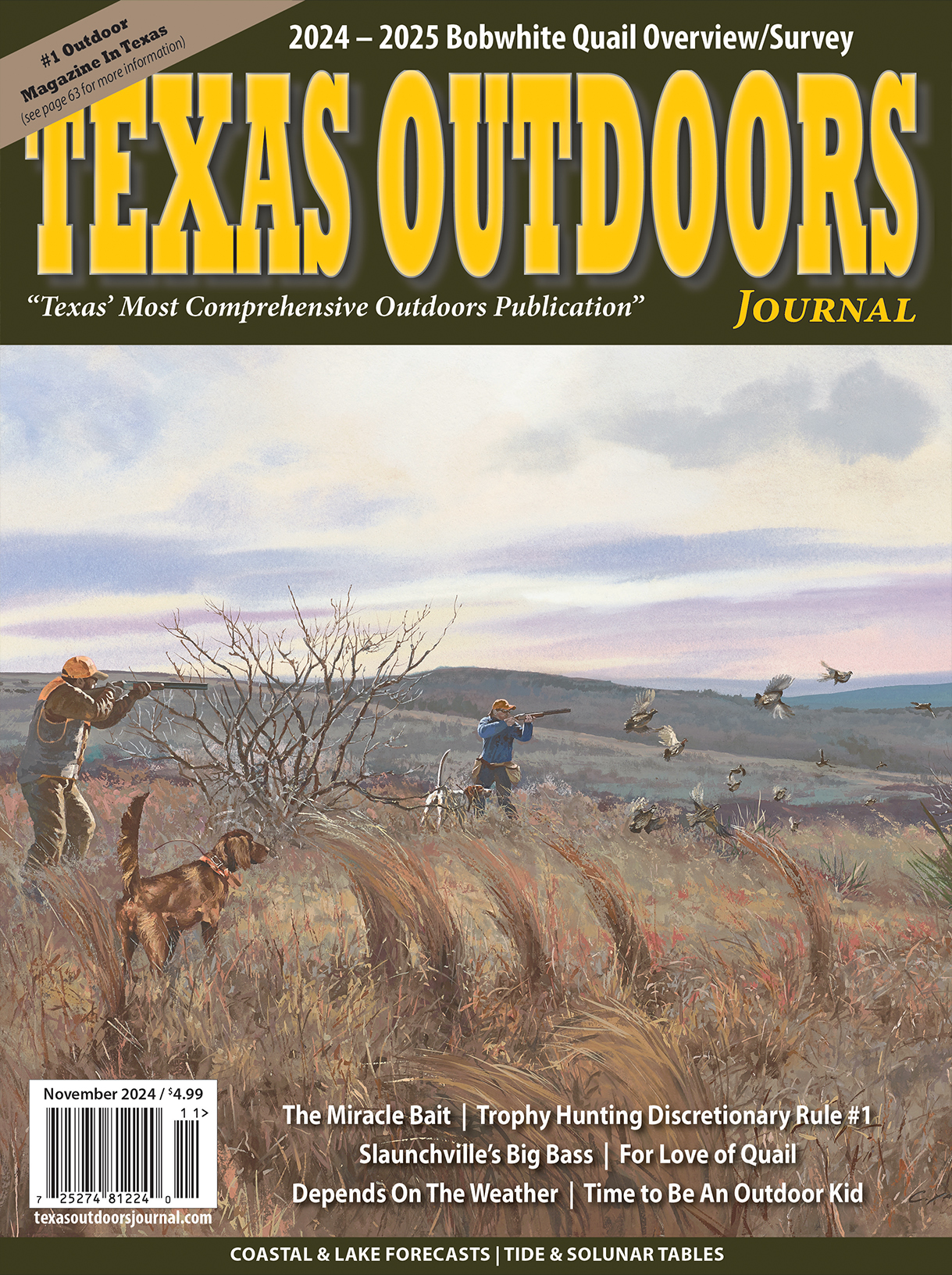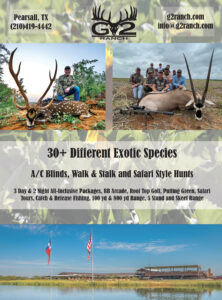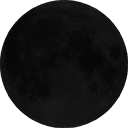
Biologists Advise Cleaning Feeders to Prevent the Spread of Diseases Among Birds
AUSTIN – With spring around the corner, Texas Parks and Wildlife Department (TPWD) biologists are asking residents with bird feeders to routinely clean them, and the areas surrounding them, in order to help slow the spread of potentially deadly diseases among bird species.
Seeds and seed hulls that accumulate on feeder trays and on the ground below feeders can become moldy or start decomposing, especially after heavy use or wet weather, and can make birds sick. Bird droppings, and other contaminants around and on feeders can spread infectious bird diseases.
“The key is to keep the feeders clean, keep the area around the feeders clean, and fully shut down feeding if dead or sick birds are found at the feeder,” said TPWD Ornithologist, Cliff Shackelford. “If folks do not, diseases could continue to spread.”
It’s advised that bird feeders be cleaned once every two weeks or if there have been reports of salmonella in the area. To properly clean a bird feeder, first take the feeder apart. Wash all of the feeder parts with regular soap and boiling water or allow the parts to soak for 10 minutes in a diluted bleach solution, or an hour in a weak vinegar solution. Afterward, scrub the parts with a clean bottle brush. Rinse the feeder thoroughly or wash in a dishwasher on a hot setting. Allow the feeder to dry completely before refilling it with seeds. Do not use any harsh chemicals or sprays.
Biologists note that bird feeders are purely supplemental food sources for birds and don’t serve as sustenance. Even without feeders, birds can survive purely on the seeds and other food sources they are able to find in nature.
Shackelford says that early March is the time of year when many siskins, goldfinches, Purple Finches, Chipping Sparrows, and other favorite “feeder birds” have a tendency to shift to the nearby tree canopy to munch on new buds of several hardwood trees, especially elms.
“At this time, many folks see a decrease in feeder use and presume the birds migrated north, or as is the case this year, died in the recent winter storms,” Shackelford said. “When, in fact, they merely shifted to Mother Nature’s fresh and nourishing buffet.”
Biologists suggest that the best way to attract a variety of bird species is to construct a backyard wildscape. A wildscape involves using only native plants which work well with area soil and climate. These plants are better acclimated to changes in the weather, especially drought or extreme temperatures. Providing water for birds, such as in bird baths, can be another magnet for birds, especially during hot Texas summers. However, bird baths also require cleaning in order to reduce the spread of avian diseases surrounding the water source.
Learn more about birds and birding in Texas on the TPWD website.









